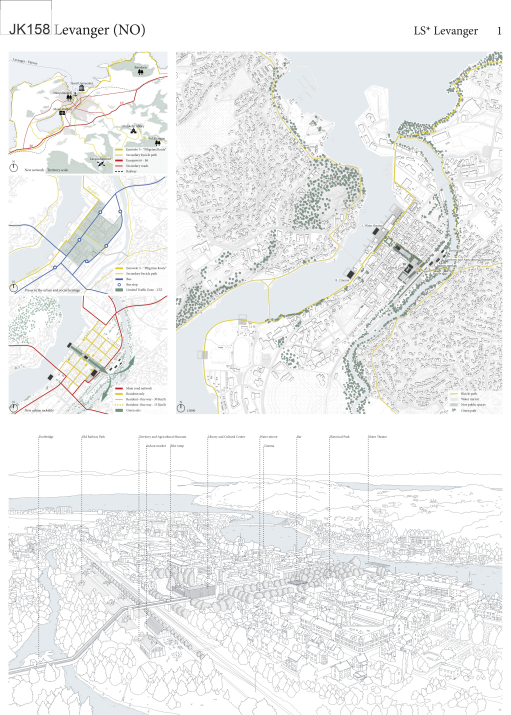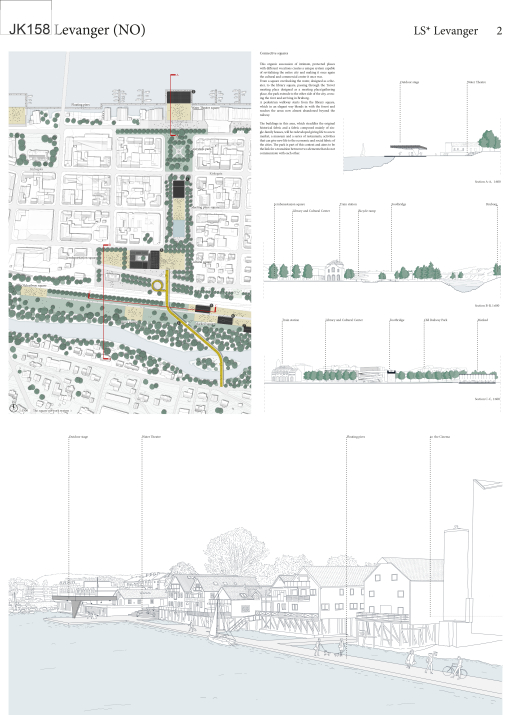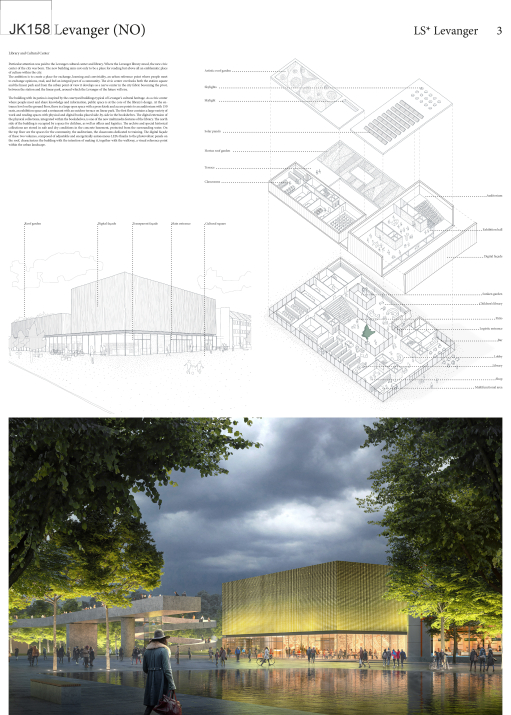Project:
Linking Squares

About
-
Levanger is a city suspended between the Trondheimsfjorden and the countryside.Urban countryside is a battleground for demographic, economic, ecological and political challenges. For several years,, there has been a reversal of the trend with respect to the post-war flow that brought people from the countryside to the cities. In this context, Levanger can become a new pole of attraction at the regional level.The fulcrum of the project is the axis that starts from Levangersundet and reaches the river. The idea is to create a unique and homogeneous sequence of squares never crossed by a driveway.The organic succession of intimate places with different vocations creates a unique system capable of revitalizing the city and making it once again the cultural and commercial center it once was.
-
The entry was awarded a special mention because of its concept for traffic and the idea of an L-shaped combination of the park axis and the train station park. The team suggests a rerouting of the traffic along a new connection parallel to the railway lines. This reduces traffic in Kirkegata and links cars and trains in a stronger intermodal point. The L-shaped prolongation of the axis and the landing of the new bridge is strong. Though the jury was not unanimous in its view on neither the traffic nor the urban scheme, we recommend the project’s ideas are brought forward by the city to the local decision maker. The entry is also beautifully presented. Sadly, the library design was not equally convincing.
-
Associates: Francesco Corona (IT) – architect, Bernardo Grilli di Cortona (IT) – architect urbanist
contróra
Paris / Barcelona
ateliercontrora@gmail.com
Team interview
1. How did you form the team for the competition?
The team is a result of a long-term friendship that has its beginning in Lisbon during the years of the Erasmus. We soon realized that we have the same architectural vision and for this reason we decided to start this collaboration with the ambition of being able to communicate our idea of architecture.
2. How do you define the main issue of your project, and how did you answer on this session main topic, Living cities?
For us, the core question was how can the city center be revitalized as a meeting place, reducing traffic congestion and pollution. In this context, the relationship between city and countryside was the fulcrum of our reflection. Our project, LS Levanger “Linking Squares”, aims to find a connection between these two elements while respecting the existing territorial and urban fabric, enhancing sustainable mobility.
3. How did the issues on metabolic and inclusive vitalities and the questions raised by the site mutation meet?
We try to create an organic succession of intimate, protected places with different vocations that creates a unique system capable of revitalizing the entire city and making it once again the cultural and commercial center it once was. A system able to go over the opposition between city and nature transforming marginalized spaces into places of exchange, co-learning and biodiversity.
4. Have you treated this issue previously? What were the reference projects that inspired yours?
We treated this issue in Europan 13 and 14 and as individuals in several projects carried out with local authorities or public institutions on subjects such as the transformation of coastlines, the densification of residential areas or public spaces. For references we looked at every projects, artworks or ideas ables to stimulate our creative process. There are many architectural projects that inspired us but for sure we could mention the bibliothèque Alexis de Tocqueville by OMA and the pedestrian bridge in Covilha by J.L.Carrilho da Graça. However, we think that the kinetics sculptures by Alexander Calder were our main source of inspiration and especially “the Big Red”. It consists of a number of rods, from which weighted objects or further rods hang. The objects hanging from the rods balance each other, so that the rods remain more or less horizontal.
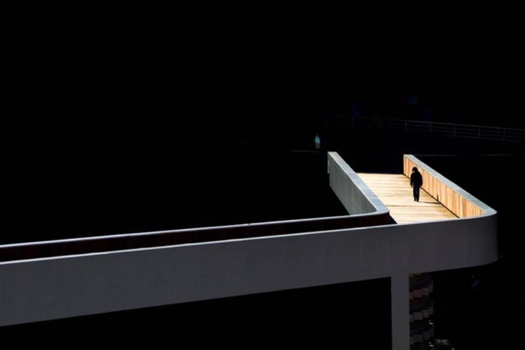
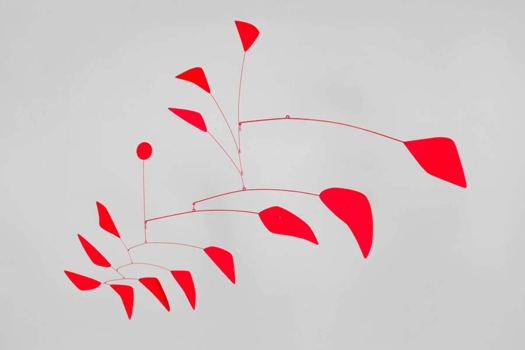
5. Urban-architectural projects like the ones in Europan can only be implemented together with the actors through a negotiated process and in time. How did you consider this issue in your project?
We thought the project as a multi-phase development plan that works with smaller incremental developments, that is sustainable and facilitates the many actors involved.
6. Is it the first time you have been awarded a prize at Europan? How could this help you in your professional career?
It’s not the first time, we have been awarded at Europan 13. Beyond the award itself, we look forward to working with Levanger municipality, the others awarded teams and the local citizens to discuss the project and their ideas to develop a common partecipative urban plan. More generally we hope this will be the first step of our common architectural and urban activity.
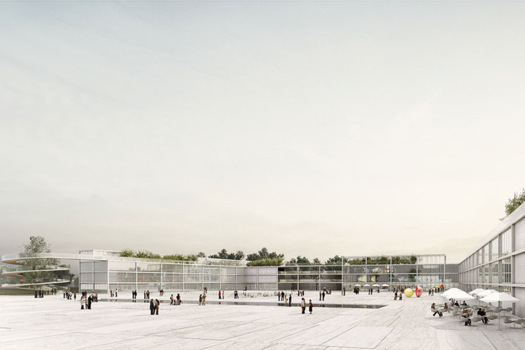
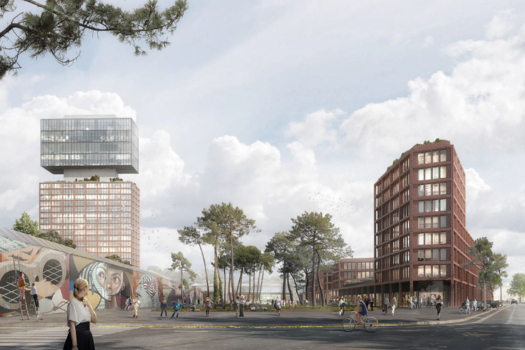
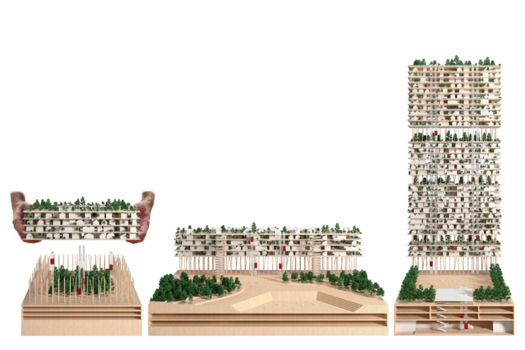
TEAM IDENTITY
Office: contróra
Function: architecture, urbanism
Average age of the associates: 35 years old
Related projects
-

Hello Woods
Hello, Woods! welcomes a new era for Levanger. The future of the city is circular, accessible and…
-

Linking Squares
Urban countryside is a battleground for demographic, economic, ecological and political challenges.
-

Kultur-hub-set
Our project builds upon these ideals to transform the old town into a future-proof, vibrant and…
